Editor’s note: This story was originally published in Hagerty Drivers Club magazine, in America.
Below the Malvern Hills in far western England, amid the rolling green quilt of pasturelands and farm paddocks of bucolic Worcestershire, is the home of Britain’s most quintessentially British car company. If you could build a car out of wet sheepdog, tea with milk, flowering heath, the Royal Dragoon Guards, and a half-timber pub in the village with a good fire, it would look like a Morgan.

Indeed, were founder H.F.S. Morgan to turn up today at the workshop he opened in the spa town of Malvern in 1910, he would probably know exactly where to find his office and the coffeepot. The factory sheds with their A-frame ceilings and concrete floors stained by a century of car making aren’t all that much different today, being still arrayed sideways down a hill from the gate on 86 Pickersleigh Road, the easier to push unfinished cars to the next assembly stations.
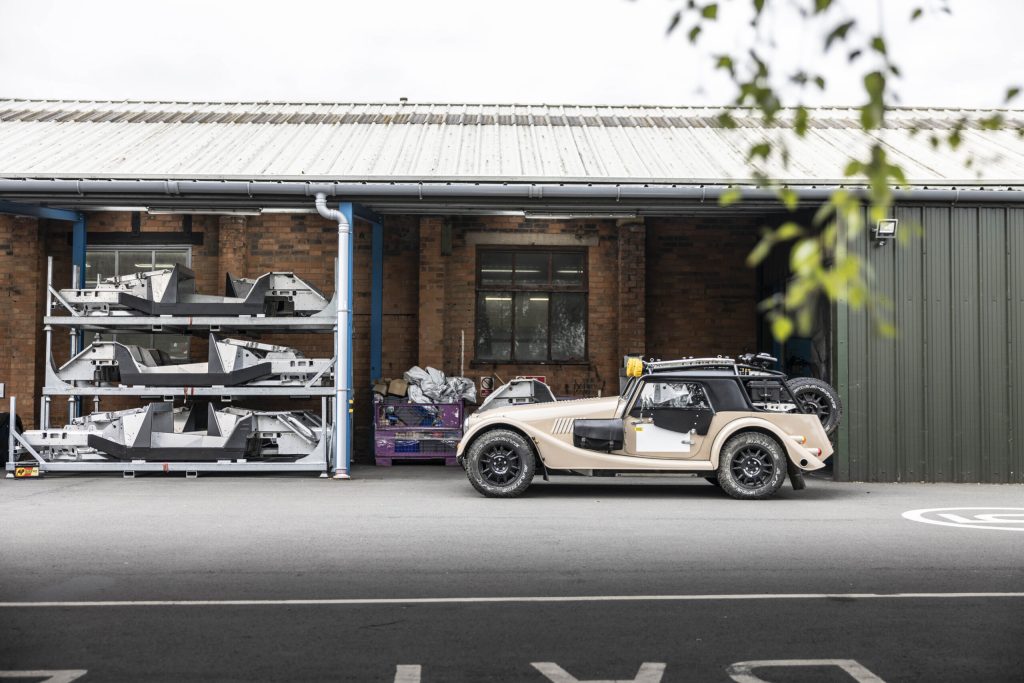
Well, he might not recognise the gift shop, the gastronomic bistro where the furniture was made in-house out of ash (of course), or the buses rolling up with punters willing to pay £29.50 for a factory tour or £325 to rent a Morgan for the day. The Morgan Works hosts 35,000 visitors a year, making this cottage maker not only the largest of our group [read about our visit to Ariel here, with another instalment on Caterham to come next – Ed] and the oldest name in continuous operation, but also the closest thing to Disneyland.
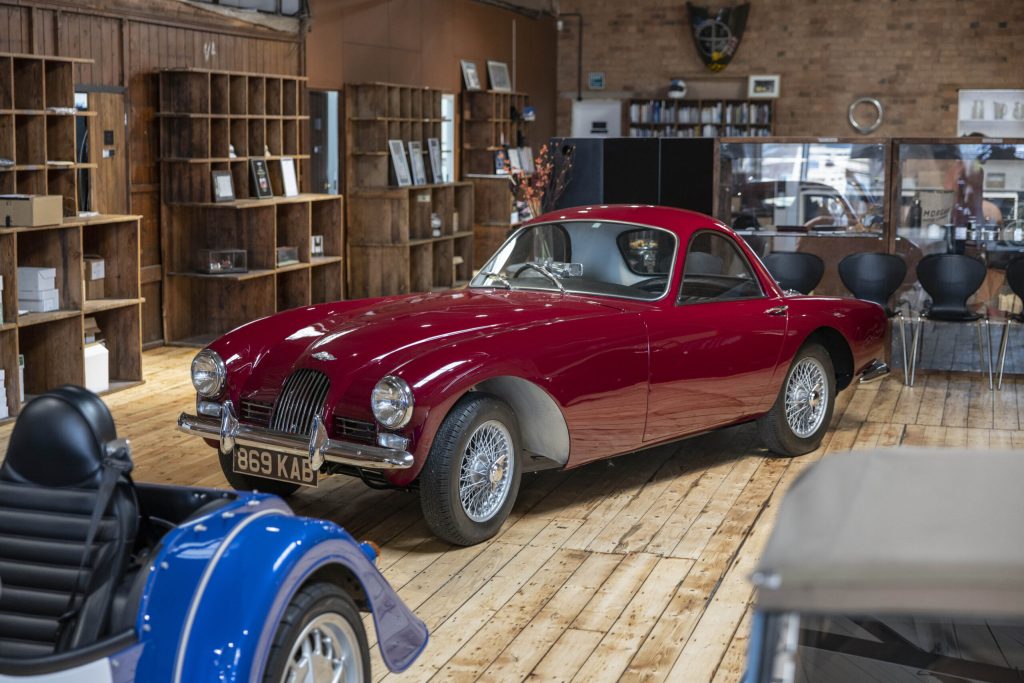
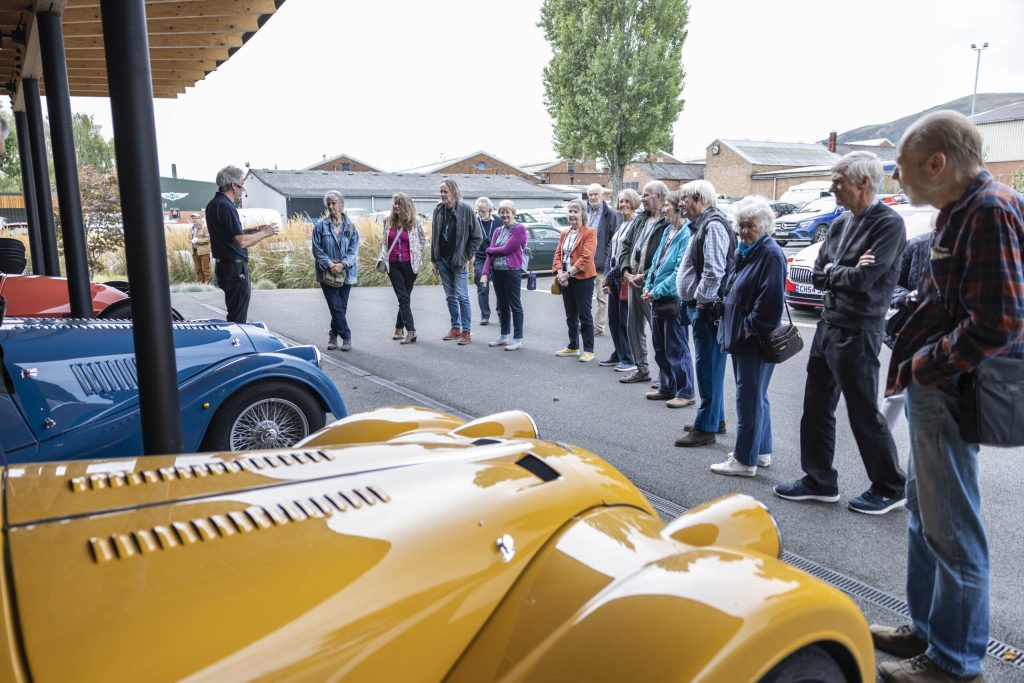
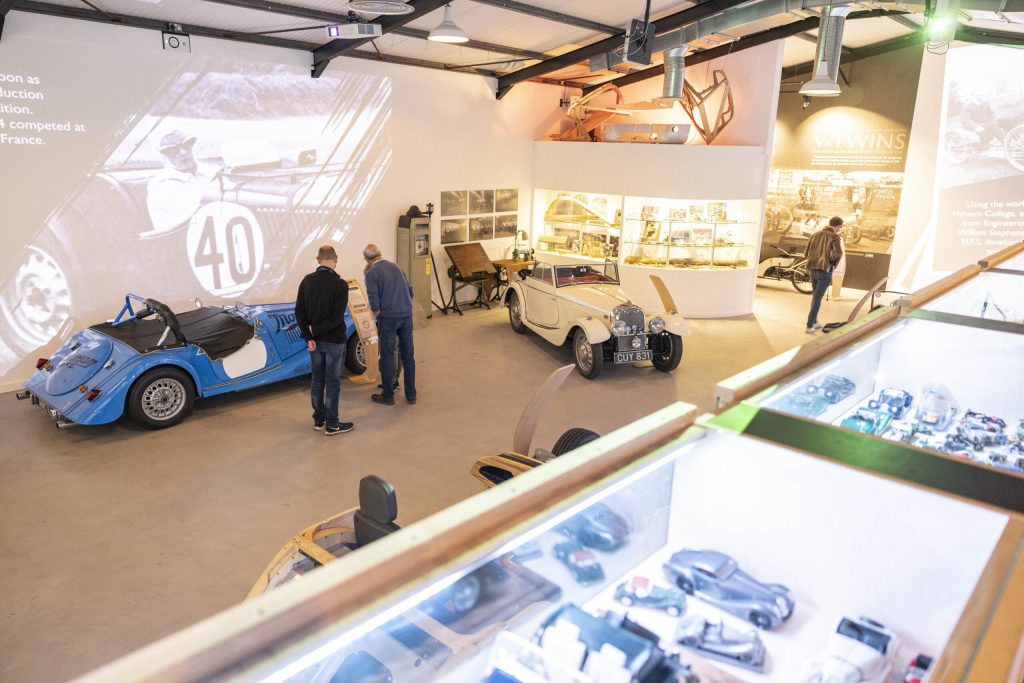
As the tourists look on through their iPhones, new Morgan Plus Fours and Plus Sixes come together (still down the hill), starting where craftspeople painstakingly fit the pressed aluminium fenders, doors, and scuttles to the body’s ash frame. Then on to the paint booths where they are hand-sprayed to the buyer’s specification, and then to final assembly at the bottom where they are united with an aluminium chassis, new last year, featuring an all-independent suspension and either a 255bhp 2.0-litre turbocharged four-cylinder or a 335bhp 3.0-litre turbo inline-six, both from BMW. Plus Fours start at £71,800, the Plus Six at £90,300, though it’s easy to let the options swell the bottom line.
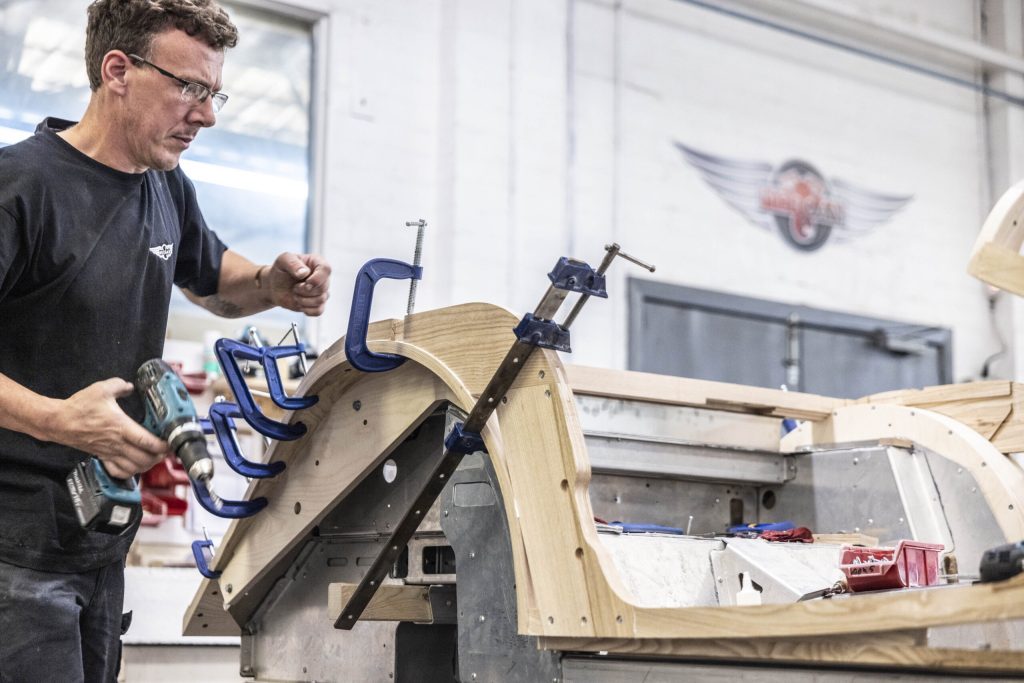
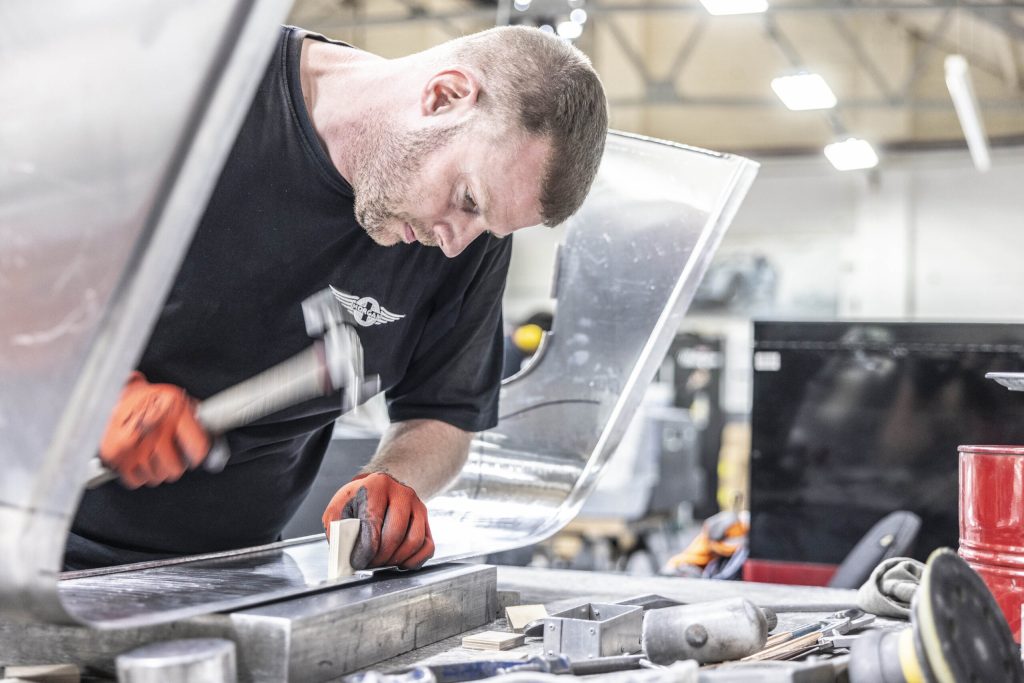
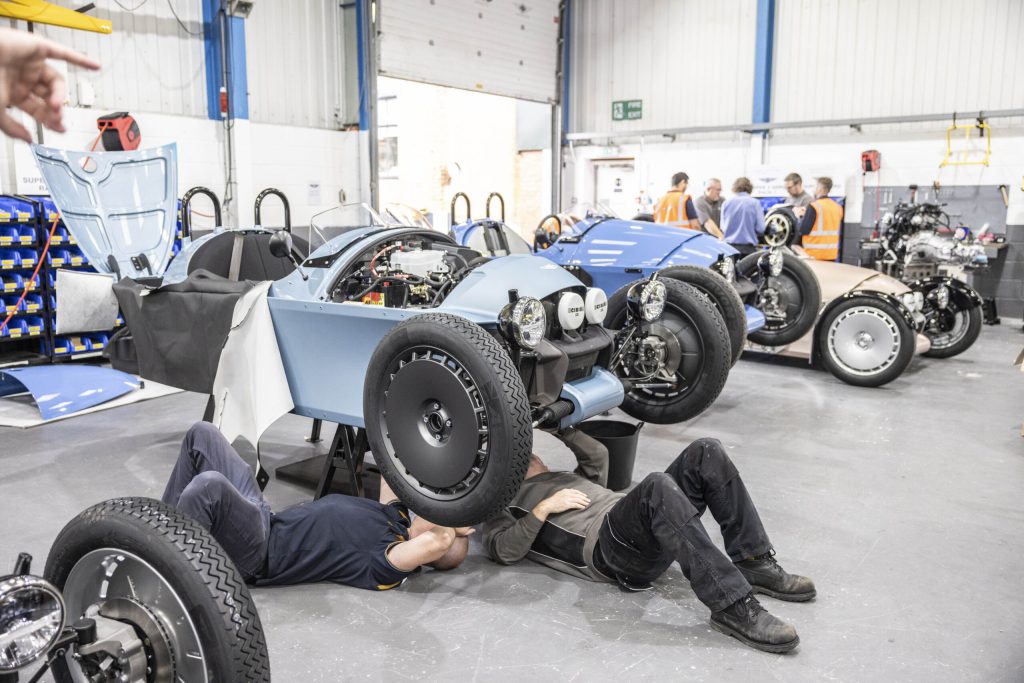
Off in a corner, we saw the very first production units of the new £43,000 Super 3 three-wheeler getting final fettling, the car’s design completely overhauled and updated to package a water-cooled Ford Fiesta inline-three instead of the old S&S V-twin thump-a-dumper. Morgan is hoping to grow its output to 1000 cars a year, including 500 Plus models, 400 Super 3s, and possibly 100 units of a new company flagship to replace the retired Aero.
So says Jonathan Wells, the company’s head of design, before acknowledging that supply problems and economic uncertainty may alter the timeline. There is certainty of demand, he says, what with the wait time at six months for a Plus Four and one year for the Super 3, a sleek mashup of retro and modern that has been designed specifically with younger buyers and the US market in mind.
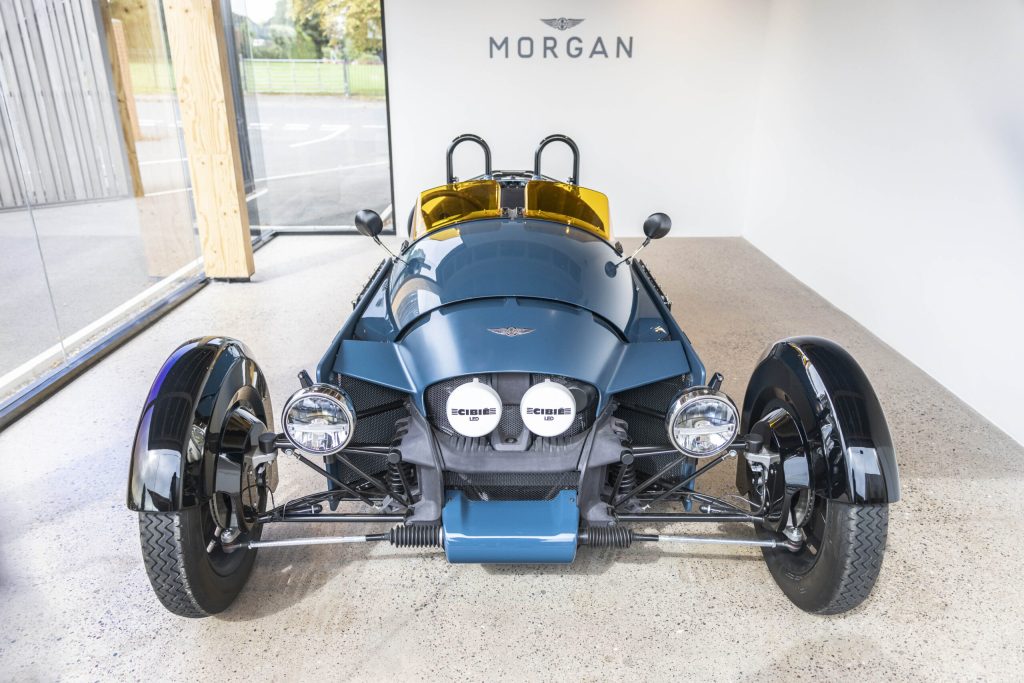
A Morgan has to look like a Morgan, meaning it has to look like the car that retired group captains called Bertie would buy. But “we have to be careful not to become a pastiche, what we call in Britain ‘a wedding car,’” says Wells. Basically, he means a Ford Focus with a vintage body plopped on it. The new alloy chassis and BMW powertrains moved the ancient Plus into the 21st century, and “the Super 3 gives Morgan an opportunity to explore different design themes, to create a foundation for a broader, more relevant brand,” Wells says.
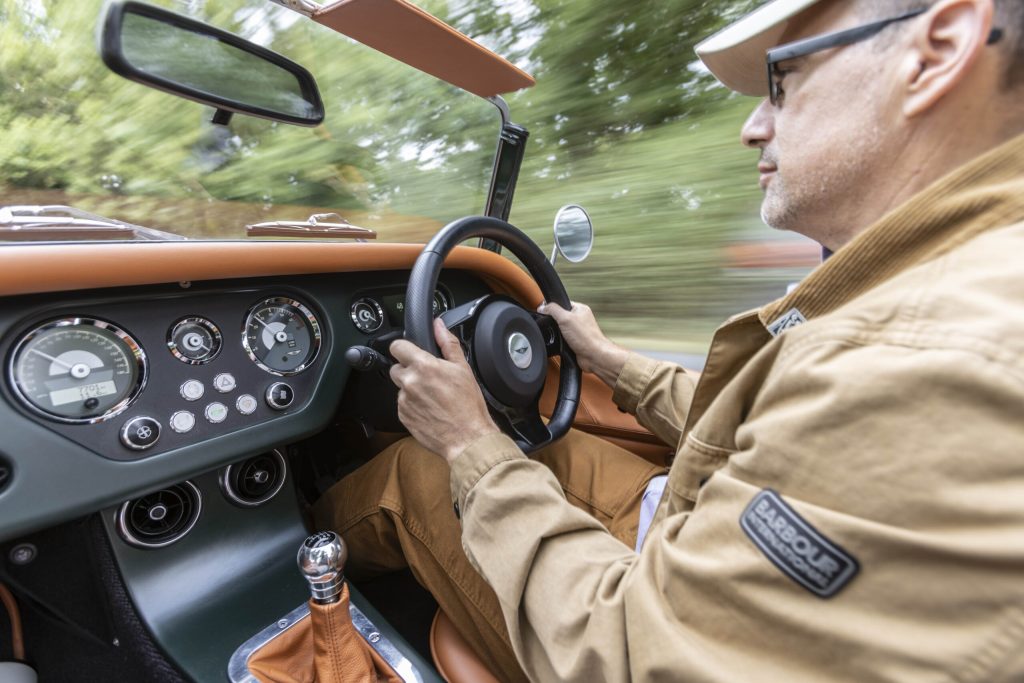
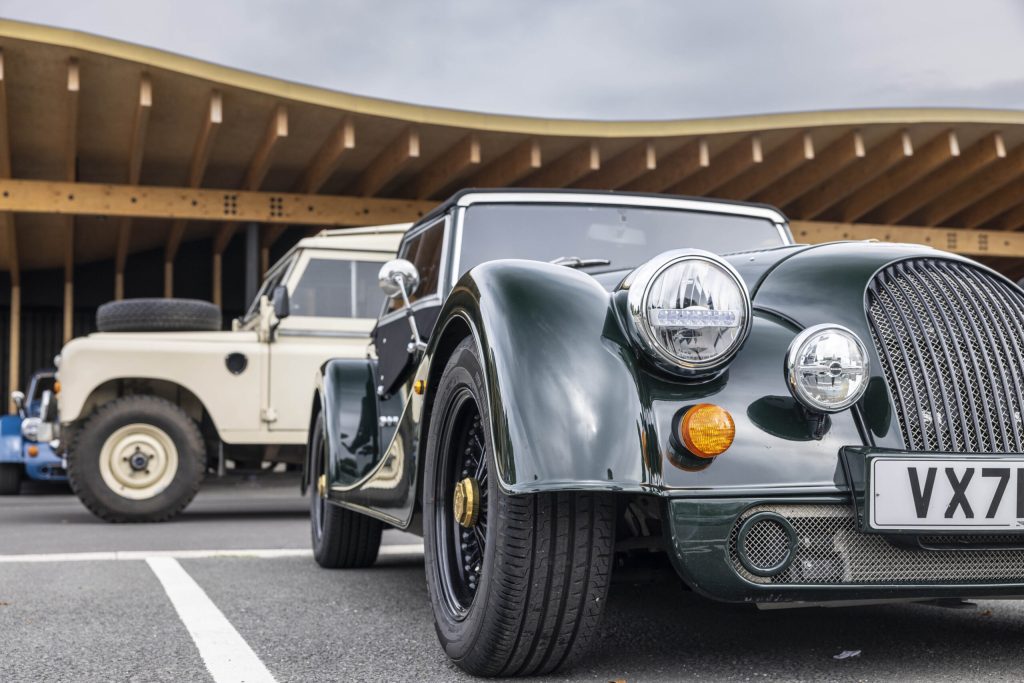
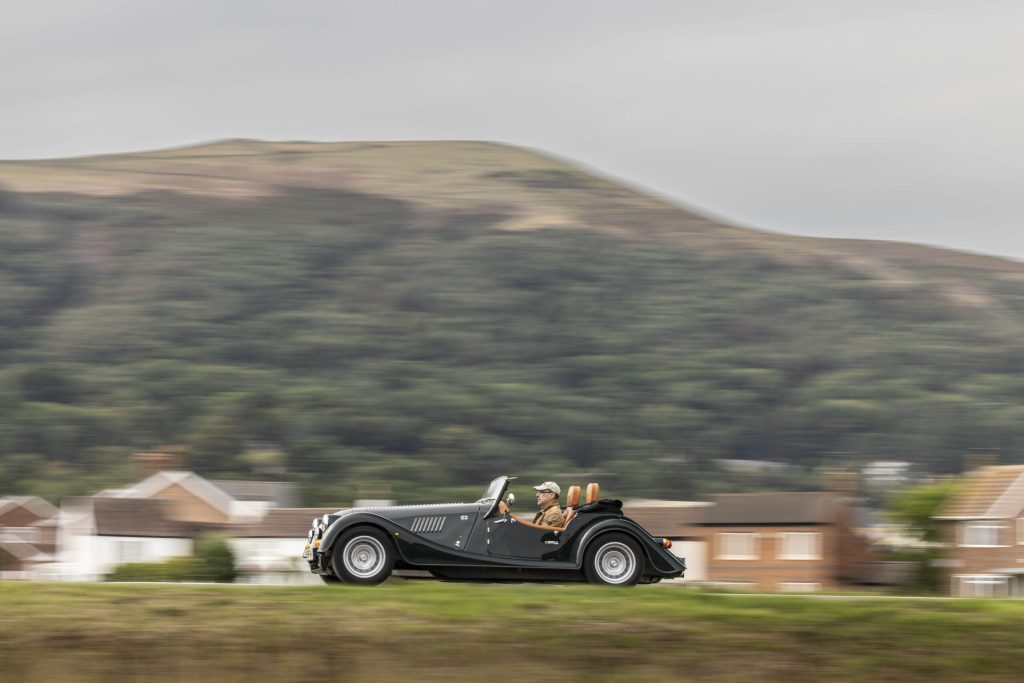
Along those lines, the company built eight safari-style Morgans with rock-crusher tyres and suspension, capitalising on the off-road Dakar craze. “They were huge time sinks,” says Wells, and there are no plans to make it a regular product, but they helped introduce Morgan to the Instagram generation. Problems include escalating energy prices, which have hit the aluminium-intensive Morgan hard, and supply chain snarls that have forced the company to order some components as much as 36 months in advance. And, as with everyone else, a forthcoming EV mandate will force Morgan to figure out how to shove a few hundred kilos of battery into a one-tonne car without turning it into a giant anvil.
On the upside, “We’re seeing a marked decrease in the average age of the buyer,” says Wells. “It is getting younger, and we’re seeing less bias about whether it has to be an internal combustion engine.”
Via Hagerty US.
Check out the Hagerty Media homepage for daily news, features, interviews and buying guides, or better still, bookmark it.



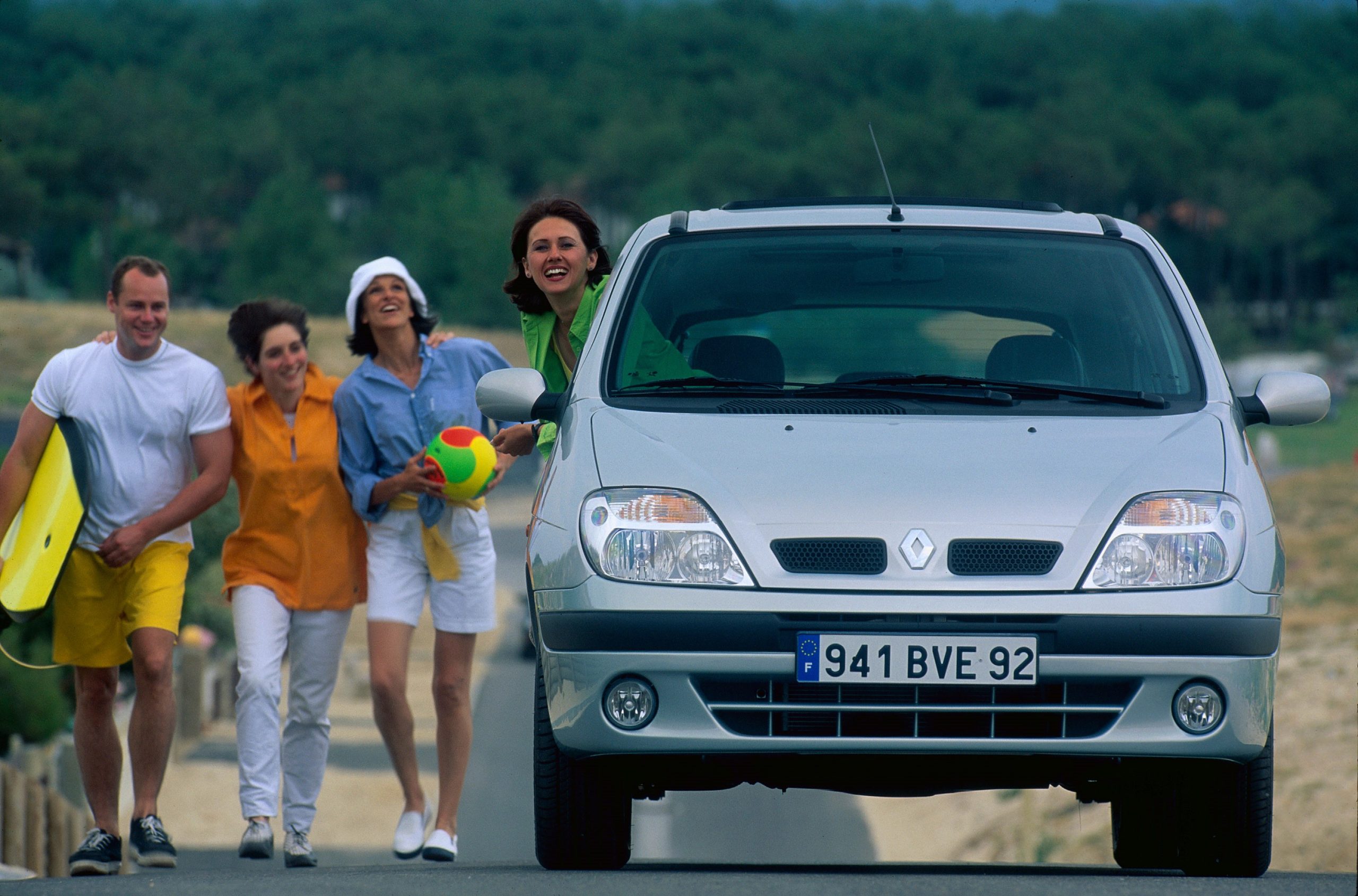




















We had a visit round the factory a few weeks ago. A fascinating and interesting insight to another world of old skills being maintained into the modern world. Would recommened to anyone, not only the car enthusiaists.
I thought they moved to 86 Pickersleigh Road in 1914?